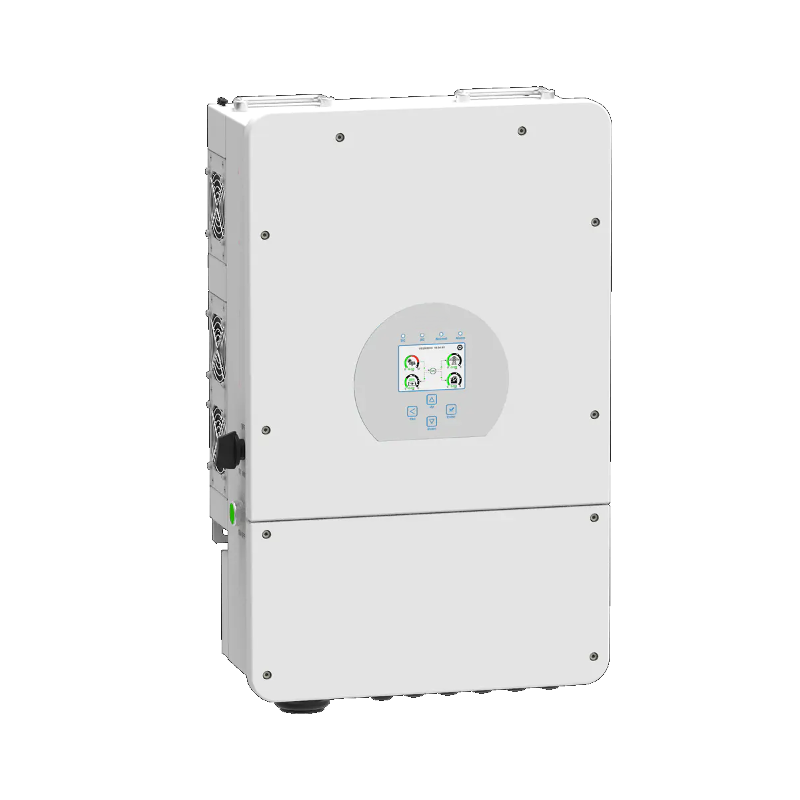Hey Folks,
I have got a couple quotes for Grid tied system at my house. Price wise I feel they are competitive to the market, it just feels like to much to pay though. With my payback being well over 10 years I cannot make the leap. That said however If I do a self install it looks like it would cut the price to close to in half bring my payback down to 5-10 years or a number I can live with.
I am wondering if you can suggest any services around that will help me design the system. I am quite comfortable working with electricity and have a background in electronics. I just want to make sure what I buy meets my needs and comes close to code compliance (close in the sense that if your close enough the inspector can point you in the right direction). I have been through a number of ESA inspections over the years including a Panel replacement, Knob and tube upgrades and full basement finishing.
Is there any companies around that do this? Ideally somewhere in Canada, or more specific in Ontario! I would love to have a discussion with this person/company have them spec out the whole system with a complete build list. I order and assemble. I know its never that easy and there will be parts missing and changes required as reality kicks in but as long as it gets me close.
Further it would be great to get some help with all the other paperwork. My building Dept. tells me they need an Engineers report for the roof and weights. I need to contact the ESA and get a permit pulled, I need to contact Ontario Hydro for a meter upgrade and approval and I need a home energy audit so I can take advantage of a $5k rebate.
Maybe I am just dream.. But anyone have any suggestions?
Thanks kindly for your feedback!
I have got a couple quotes for Grid tied system at my house. Price wise I feel they are competitive to the market, it just feels like to much to pay though. With my payback being well over 10 years I cannot make the leap. That said however If I do a self install it looks like it would cut the price to close to in half bring my payback down to 5-10 years or a number I can live with.
I am wondering if you can suggest any services around that will help me design the system. I am quite comfortable working with electricity and have a background in electronics. I just want to make sure what I buy meets my needs and comes close to code compliance (close in the sense that if your close enough the inspector can point you in the right direction). I have been through a number of ESA inspections over the years including a Panel replacement, Knob and tube upgrades and full basement finishing.
Is there any companies around that do this? Ideally somewhere in Canada, or more specific in Ontario! I would love to have a discussion with this person/company have them spec out the whole system with a complete build list. I order and assemble. I know its never that easy and there will be parts missing and changes required as reality kicks in but as long as it gets me close.
Further it would be great to get some help with all the other paperwork. My building Dept. tells me they need an Engineers report for the roof and weights. I need to contact the ESA and get a permit pulled, I need to contact Ontario Hydro for a meter upgrade and approval and I need a home energy audit so I can take advantage of a $5k rebate.
Maybe I am just dream.. But anyone have any suggestions?
Thanks kindly for your feedback!



